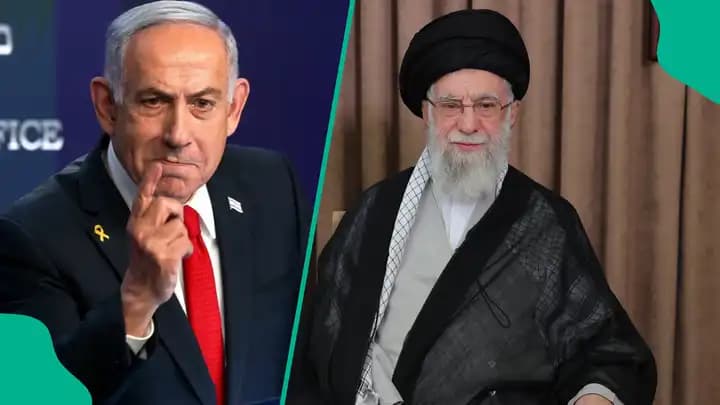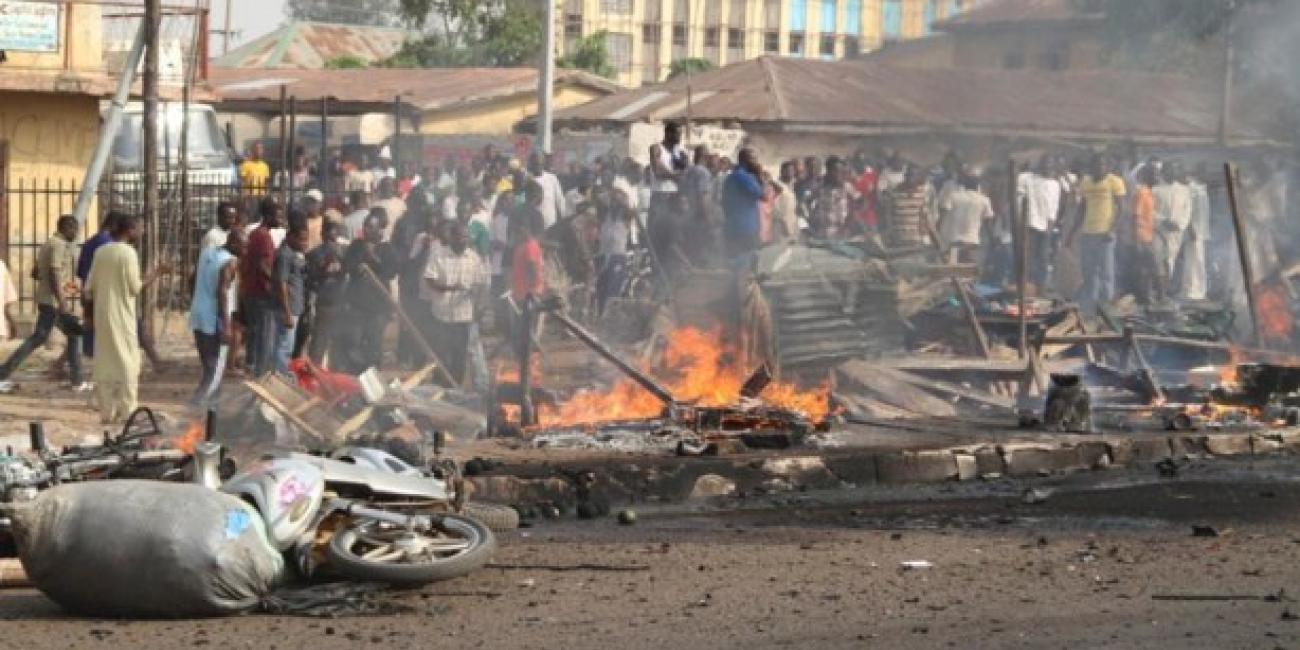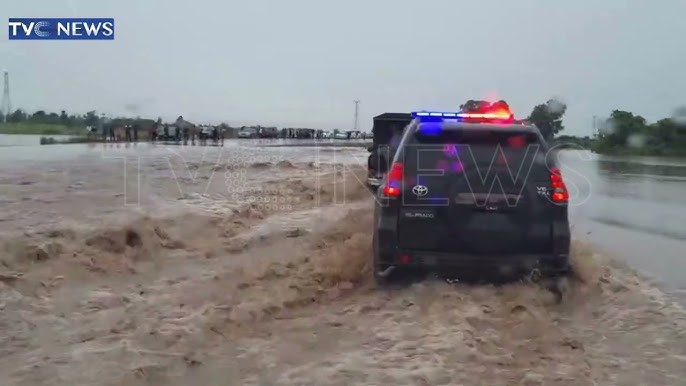Iran launched a significant barrage of ballistic missiles targeting Israel, marking a dramatic escalation in the ongoing conflict between the two nations. The attack, reported by Iran’s state news agency IRNA, involved hundreds of missiles fired in retaliation for Israel’s unprecedented airstrikes on Iran’s nuclear facilities, including the Natanz underground site, and the killing of key Iranian military commanders. Explosions illuminated the night skies over Tel Aviv and Jerusalem, with sirens blaring across Israel as residents sought shelter.
Israel’s military confirmed the missile assault, noting that some projectiles struck Tel Aviv, causing damage to residential areas and injuring civilians, though exact casualty figures remain unconfirmed. The Israeli Defense Forces (IDF) activated their multilayered air defense systems, including the Iron Dome, David’s Sling, and Arrow interceptors, successfully neutralizing many missiles with support from U.S. forces in the region. Despite these efforts, a few missiles penetrated defenses, hitting central and southern Israel, with reports of minor infrastructure damage and at least three deaths, including one in Tel Aviv and two in Rishon Lezion.
Iran’s Supreme Leader, Ayatollah Ali Khamenei, condemned Israel’s actions as the start of a war, vowing to inflict “heavy blows” in response. Iranian officials claimed the missile strikes, dubbed “Operation Severe Punishment,” targeted Israeli military sites, including defense ministry facilities near Tel Aviv, though some missiles reportedly landed in civilian areas, raising concerns about precision. The Islamic Revolutionary Guards Corps (IRGC) stated that advanced ballistic missiles, potentially including Kheibar Shekan and Fattah-1 models, were deployed, with the latter being highly maneuverable and capable of evading interception.
Israel’s Prime Minister Benjamin Netanyahu described Iran’s attack as a “grave mistake,” asserting that it crossed “red lines” by targeting civilian population centers. He vowed a robust retaliation, stating that Israel’s objective was to neutralize Iran’s nuclear and ballistic missile capabilities. Netanyahu revealed that the Israeli strikes on Iran, planned since November 2024, targeted over 200 sites, including Natanz and Isfahan nuclear facilities, and eliminated senior IRGC commanders, such as Mohammad Bagheri, Hossein Salami, and Amir Ali Hajizadeh.
Iran reported significant losses from Israel’s initial attack, with state media claiming 60 people, including 20 children, were killed in a strike on a Tehran residential complex. The destruction of Natanz’s above-ground enrichment plant, confirmed by U.N. nuclear watchdog chief Rafael Grossi, dealt a severe blow to Iran’s nuclear program, which Western nations have long accused of pursuing weapons-grade uranium. Iran insists its nuclear ambitions are peaceful, but the attack has intensified global scrutiny.
The international community reacted with alarm, as the exchange of strikes heightened fears of a broader regional conflict. The U.S. confirmed its role in intercepting Iranian missiles, firing interceptors from Navy destroyers in the Eastern Mediterranean, but denied involvement in Israel’s initial attack. President Donald Trump, navigating nuclear talks with Iran, reportedly cautioned Netanyahu against striking Iran, highlighting tensions in U.S.-Israel relations.
Iran issued stern warnings to the U.K., U.S., and France, threatening to target their regional bases if they assisted Israel in defending against Iranian strikes. Iranian state media reported that the country retains approximately 2,000 ballistic missiles, suggesting the capacity for further attacks despite recent losses. The IDF, however, claimed that Israel’s preemptive strikes significantly degraded Iran’s missile production capabilities.
The conflict disrupted regional stability, with Israel, Iran, Iraq, Jordan, and Syria closing their airspaces, leading to widespread flight cancellations by global airlines, including Air India. In Israel, residents like Ifat and Zion in Rishon Lezion were forced to evacuate their homes due to missile damage, while in Tehran, students like TK described living in fear amid ongoing explosions. The human toll on both sides underscored the escalating humanitarian crisis.
Israeli Defense Minister Israel Katz warned that “Tehran will burn” if Iran continued its missile barrage, signaling a potential for further escalation. The IDF reported killing nine Iranian nuclear scientists in addition to military leaders, aiming to cripple Iran’s nuclear ambitions. Meanwhile, Iran’s Defense Minister Aziz Nasirzadeh claimed the Israeli strikes unified the Iranian populace, predicting that Israel would “regret” its actions.
Social media posts captured the intensity of the conflict, with videos showing missiles streaking over Tel Aviv and Jerusalem and Iranian crowds in Tehran celebrating the retaliatory strikes. Former Nigerian Minister Femi Fani-Kayode condemned Israel’s actions, warning of Middle East destabilization, while others debated the moral and strategic implications of the conflict. These sentiments reflect the polarized global response to the crisis.
The roots of this escalation trace back to Israel’s assassination of Hezbollah leader Hassan Nasrallah in 2024, which prompted Iran to pledge retaliation. Previous Iranian missile attacks on Israel, such as those in April and October 2024, were largely intercepted, but the June 2025 assault posed a greater challenge due to its scale and the use of advanced munitions. Analysts suggest Iran’s missile arsenal, though depleted, remains a significant threat, with solid-fuel missiles enabling rapid launches.
Israel’s intelligence operation, described as a “sophisticated breakthrough” by the Mossad, involved covertly smuggling warplanes and drones into Iran for the initial strikes. This operation, coupled with the elimination of IRGC leadership, aimed to disrupt Iran’s command structure and delay its nuclear progress. However, Iran’s ability to launch hundreds of missiles in response indicates resilience in its military capabilities.
The conflict’s broader implications include potential cyberattacks, with Iran’s IRGC known for its aggressive cyber operations. Despite expectations, no significant cyberattacks were reported immediately following the June 13 strikes, possibly due to the need for long-term planning. Both Google and Israeli cybersecurity firm Check Point noted minimal Iranian cyber activity in response, though vigilance remains high.
Russian President Vladimir Putin’s diplomatic efforts, including calls with Iranian President Masoud Pezeshkian and Netanyahu, aimed to de-escalate tensions, but his condemnation of Israel’s actions strained relations. The U.N. Security Council, briefed by Grossi, urged restraint, with Secretary-General António Guterres condemning the “broadening” of the conflict. These diplomatic efforts face challenges amid the rapid tit-for-tat strikes.
The ongoing war has strained Israel’s air defenses, which have intercepted thousands of projectiles since October 2023 from various fronts, including Gaza, Lebanon, and Yemen. The U.S. assistance, involving ground-based systems and naval interceptors, has been critical, but analysts warn that a sustained Iranian missile campaign could overwhelm Israel’s defenses. The IDF’s focus on targeting Iran’s air defenses and missile sites reflects this strategic concern.
Iran’s retaliation, while significant, may be constrained by the loss of key commanders and damage to its nuclear infrastructure. The IRGC’s claim of using Fattah missiles, if verified, would indicate a technological advancement, though Israel disputes the use of hypersonic munitions. The debris of a missile in Tel Sheva, identified as matching Kheibar Shekan or Fattah-1 boosters, suggests Iran’s reliance on precision-guided weapons.
The conflict’s trajectory remains uncertain, with both sides signaling readiness for further action. Israel’s vow to “exact a price” and Iran’s threats of continued strikes raise the specter of a prolonged war. The international community, wary of a nuclear-armed Iran and wary of regional destabilization, faces a delicate balancing act in responding to the crisis.
As the situation evolves, primary sources such as official statements from the IDF, IRGC, and international bodies like the U.N. provide critical insights. The scale of destruction, human cost, and strategic shifts underscore the urgency of diplomatic intervention to prevent a wider war. For now, the Middle East remains on edge, with the world watching closely




